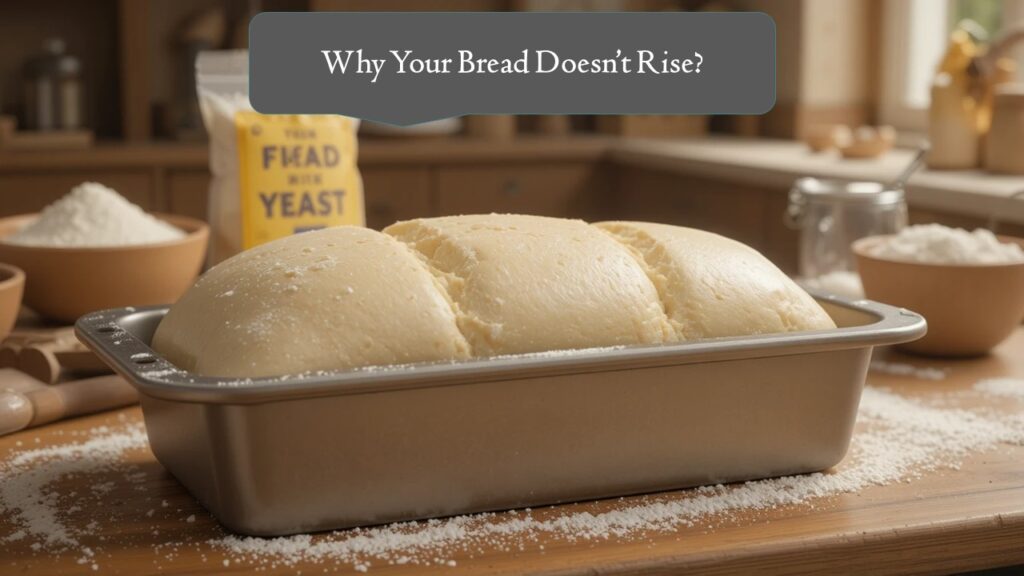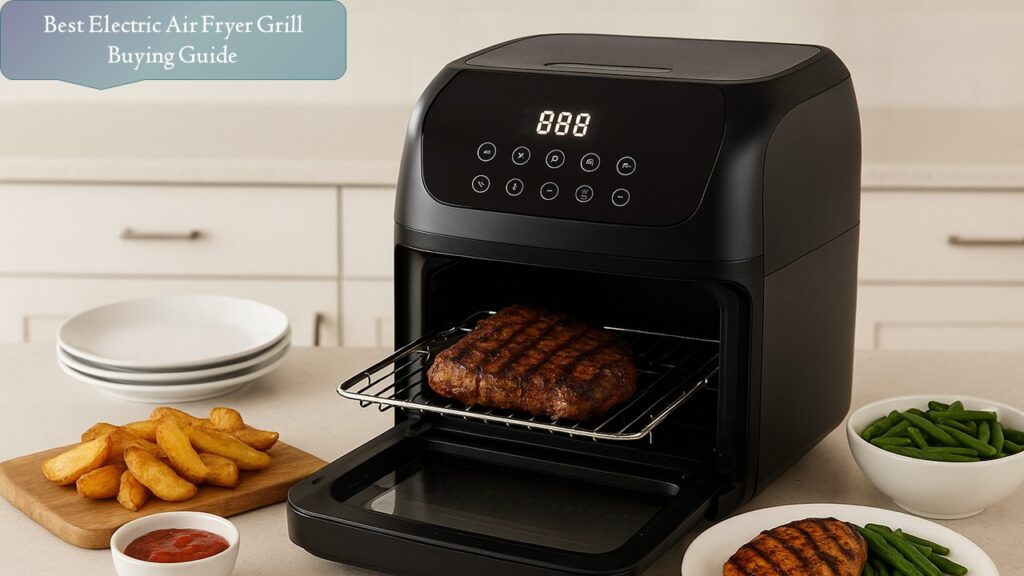You’ve followed the recipe, measured every ingredient carefully, and waited patiently — but your bread dough refuses to rise. It’s one of the most common (and frustrating) baking problems home bakers face.
The good news? A dense, flat loaf doesn’t mean you’ve failed — it just means something went wrong in the process. Understanding why your bread didn’t rise will help you fix the issue and bake perfect, fluffy loaves every time.
Let’s break down the most common causes and how to fix them.
-
The Yeast Problem: Old or Inactive Yeast
The Issue
Yeast is a living organism that produces carbon dioxide, helping dough expand. But if your yeast is expired or inactive, your dough won’t rise at all.
The Fix
- Always check the expiration date before using yeast.
- Test your yeast by mixing 1 teaspoon sugar with ¼ cup warm water (100–110°F) and 1 packet of yeast. If it bubbles within 10 minutes, it’s active.
- Store yeast in an airtight container in the fridge or freezer to keep it alive longer.
-
The Water Temperature Was Wrong
The Issue
If your water was too hot, it killed the yeast. Too cold, and it never activated.
The Fix
Yeast thrives in lukewarm water (100–110°F / 37–43°C). Use a kitchen thermometer to be sure. If it feels comfortably warm to the touch, it’s just right.
-
Too Much or Too Little Kneading
The Issue
Kneading develops gluten, the protein network that traps gas and gives bread structure.
- Under-kneaded dough won’t hold air well and stays flat.
- Over-kneaded dough (more common in stand mixers) becomes tough and resists expansion.
The Fix
Knead by hand for about 8–10 minutes until the dough is smooth, elastic, and bounces back when poked.
-
Incorrect Proofing Time or Conditions
The Issue
Bread dough needs time to rest and rise — but environmental factors play a huge role.
If your kitchen is too cold or drafty, fermentation slows down. Conversely, over-proofing causes the dough to collapse.
The Fix
- Let dough rise in a warm, draft-free spot — around 75–85°F (24–29°C) is ideal.
- You can proof dough in a turned-off oven with just the light on or near a warm bowl of water.
- Follow the recipe’s timing but also trust your eyes — properly proofed dough should double in size.
-
Using the Wrong Flour
The Issue
Not all flours are created equal. All-purpose flour works for many recipes, but for the best rise, you need flour with a higher protein content (like bread flour) that develops stronger gluten.
The Fix
Use bread flour (12–14% protein) for better structure and airiness.
If you’re using whole-wheat flour, mix it with some bread flour to help it rise properly.
-
Too Much Salt or Sugar
The Issue
Salt strengthens dough but too much can inhibit yeast activity. Similarly, excess sugar dehydrates yeast, slowing fermentation.
The Fix
Stick to recipe proportions. Generally:
- Salt: about 1.5–2% of total flour weight
- Sugar: no more than 10% of total flour weight
-
Not Enough Time
The Issue
Patience is key in bread-making. Rushing the process can result in dense, under-risen bread.
The Fix
If the dough hasn’t doubled in size, wait longer. Temperature, humidity, and yeast strength all affect rise time. Some doughs take 1 hour, others up to 3 — be flexible.
-
The Dough Dried Out
The Issue
If your dough is uncovered while proofing, it can form a dry crust that prevents rising.
The Fix
Cover your bowl loosely with plastic wrap, a damp towel, or a shower cap to lock in humidity.
-
Overproofing Before Baking
The Issue
If your dough rises too long, the yeast runs out of food and collapses. Over-proofed dough often deflates once baked, leading to a dense loaf.
The Fix
Do the poke test: gently press your finger into the dough.
- If it springs back slowly, it’s ready.
- If it doesn’t spring back at all, it’s over-proofed — punch it down and let it rise again briefly before baking.
-
Oven Issues
The Issue
A cold oven or inconsistent temperature prevents the bread from getting that final “oven spring.”
The Fix
Always preheat your oven at least 20 minutes before baking. If possible, use an oven thermometer to ensure accuracy.
You can also add steam by placing a pan of hot water in the oven — this helps the dough expand and develop a glossy crust.
Bonus Tip: Keep Practicing
Even experienced bakers deal with bread that doesn’t rise perfectly every time. The key is to learn from each bake, take notes, and adjust accordingly.
Over time, you’ll start recognizing what your dough “feels” like when it’s just right.
Conclusion:
Bread that doesn’t rise can be disappointing, but it’s rarely beyond saving — and always a learning opportunity. The main culprits usually come down to yeast quality, temperature, kneading, and proofing time.
Once you understand these variables, baking becomes much more predictable (and enjoyable).
Remember: bread-making is both science and art. With a little patience, your next loaf will rise beautifully, golden brown, and full of flavor.







